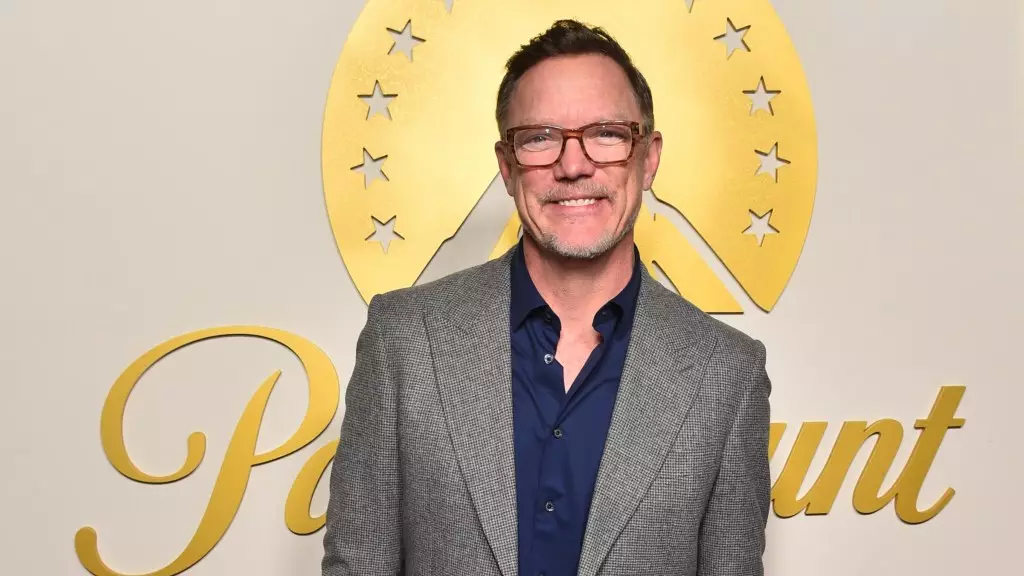The world of horror cinema is rife with iconic characters and unforgettable moments, with “Scream” standing tall as a seminal entry in this chilling arena. The recent announcement surrounding Matthew Lillard’s potential return to the franchise reignites a conversation about both the weight of a beloved legacy and the fear of tarnishing it. During the 90s Con event held in Hartford, Lillard, now synonymous with his role as the devious Stu Macher, articulated his mixed feelings about resurrecting such an iconic character. His honesty resonates, tapping into a universal truth: re-entering a cherished territory brings dread alongside excitement.
Lillard’s trepidation stems not just from the mechanics of acting but from a profound respect for the franchise. “I could really suck,” he confessed, exposing the vulnerability that many actors face when revisiting prior successes. In an age where nostalgia reigns supreme, it’s refreshing to hear someone acknowledge the risk involved in stepping back into a role that helped define a generation. His fears highlight a broader industry concern: how do you honor a legacy without diminishing its impact?
The Slasher Revival Trend
The Scream franchise, which debuted in 1996 and continues to spawn sequels, epitomizes the trend of reviving classic horror properties. With its characteristic blend of self-aware humor and spine-chilling suspense, Scream has carved out a niche that few can replicate. However, the return of beloved cast members like Lillard only adds to the stakes. The seventh installment, slated for release on February 27, signifies not just a continuation of the story but a confluence of past and present horrors that promises to explore evolving fears amidst a changing landscape of cultural anxieties.
Lillard’s remarks about the potential to “screw up” the franchise point to a critical narrative tension that often accompanies sequels—balancing innovation with authenticity. Films like this have to find new ways to terrify audiences who are already well-versed in the tropes of the genre. For Lillard, the daunting task lies not just in embodying a character who was thought dead but in convincingly threading his presence into a story that must resonate with contemporary audiences.
The Burden of Expectations
While his credits in films like “She’s All That” and “Five Nights at Freddy’s” showcase Lillard’s versatility, returning to his roots in horror brings a unique set of expectations. The audience’s nostalgia coupled with contemporary horror’s elevated standards can create an unbearable weight on an actor’s shoulders. In his case, nostalgia may not merely serve as a comforting blanket; rather, it could transform into a harsh reminder of a time and performance that shaped an iconic character in slasher lore.
As Lillard prepares to reprise his role, he will join fellow stars Neve Campbell and Courteney Cox, who are also brushing off the cobwebs of their horror pasts. This union of legacy cast members forms an intriguing dynamic, promising both tension and camaraderie. Yet, there lies an unspoken challenge: How do they navigate the landscape of horror’s evolution while upholding the essence of what made their initial portrayals so memorable?
With a curious blend of excitement and apprehension, Matthew Lillard is ready to face the ghosts of his past. As the Scream franchise continues its resurrection, another layer is added to the complex and ever-evolving dialogue within the horror genre. Will Lillard’s return bolster the legacy of Scream, or will it serve as a cautionary tale to others contemplating a similar path? The upcoming release promises to shed light on this quintessentially modern dilemma.

